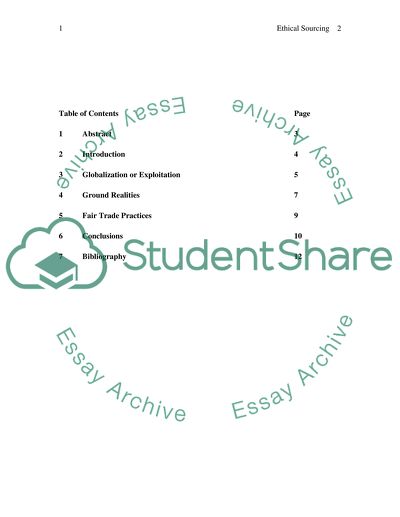Cite this document
(Ethical Sourcing in Retail Industries and the Problem of Sweat Shop La Term Paper, n.d.)
Ethical Sourcing in Retail Industries and the Problem of Sweat Shop La Term Paper. https://studentshare.org/macro-microeconomics/1541941-ethical-sourcing-in-retail-industries-and-the-problem-of-sweat-shop-labour
Ethical Sourcing in Retail Industries and the Problem of Sweat Shop La Term Paper. https://studentshare.org/macro-microeconomics/1541941-ethical-sourcing-in-retail-industries-and-the-problem-of-sweat-shop-labour
(Ethical Sourcing in Retail Industries and the Problem of Sweat Shop La Term Paper)
Ethical Sourcing in Retail Industries and the Problem of Sweat Shop La Term Paper. https://studentshare.org/macro-microeconomics/1541941-ethical-sourcing-in-retail-industries-and-the-problem-of-sweat-shop-labour.
Ethical Sourcing in Retail Industries and the Problem of Sweat Shop La Term Paper. https://studentshare.org/macro-microeconomics/1541941-ethical-sourcing-in-retail-industries-and-the-problem-of-sweat-shop-labour.
“Ethical Sourcing in Retail Industries and the Problem of Sweat Shop La Term Paper”. https://studentshare.org/macro-microeconomics/1541941-ethical-sourcing-in-retail-industries-and-the-problem-of-sweat-shop-labour.


